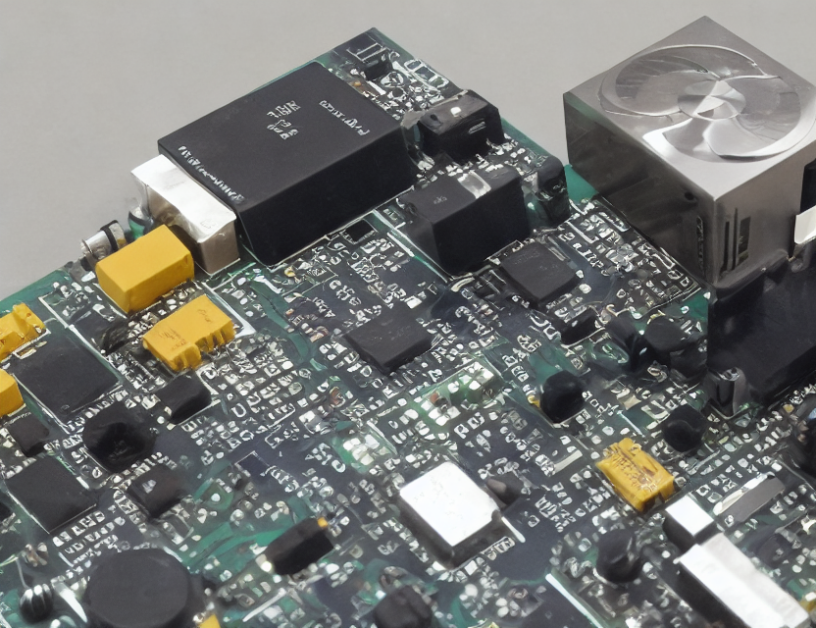Imagine a future where computers are as fast and efficient as they are today, but with one significant twist – they use magnetic fields instead of electricity to perform calculations. This is the idea behind "Magneto-Electric Spin-Orbit Logic Devices," a new technology that could revolutionize the way we process information.
Device-to-Circuit-Level Analysis
To understand how this technology works, let’s start with the basics. A traditional computer uses electricity to move data between different parts of the system. In contrast, Magneto-Electric Spin-Orbit Logic Devices use magnetic fields to perform calculations directly on the data itself. This approach has several advantages, including increased energy efficiency and faster processing speeds.
Read Operation
Let’s dive deeper into how this technology works. The read operation is performed by pre-charging a "read bit line" (RBL) with electricity, then connecting it to a "read word line" (RWL) that’s grounded. Depending on the data stored in nearby memory nodes, either the RBL discharges or remains unchanged. This is similar to how we use our muscles to perform different actions – depending on what we want to do, we either contract or relax our muscles.
Write Operation
The write operation works similarly to the read operation, but in reverse. When data is stored in a memory node, an electrical charge is added to the RBL, which then discharges through a "magnetic resistance" (MR) transistor. This process is like lifting weights – when we lift heavier weights, more energy is required.
Store Operation
The store operation involves storing data in memory nodes. Unlike traditional computer architecture, where data is stored in separate memory cells, Magneto-Electric Spin-Orbit Logic Devices use a single memory node to store multiple bits of data. This approach reduces the overall size of the device and increases its energy efficiency. It’s like how we can store more items in a smaller suitcase by folding our clothes – instead of having separate compartments for each item, we can stack them on top of each other.
Restore Operation
The restore operation involves restoring data from memory nodes to the original state after a power-off event. Due to the resistance of the MR transistor, the RBL remains unchanged during this process, which can lead to errors if not properly handled. To mitigate this issue, the authors propose using a "sneak current" compensation mechanism to ensure accurate data restoration. This is like how we use a backup generator to restore power supply after an outage – even though there are some fluctuations, the backup generator ensures that the power supply remains stable.
Conclusion
In conclusion, Magneto-Electric Spin-Orbit Logic Devices offer a promising solution for energy-efficient neuromorphic computing. By leveraging the properties of magnetic fields and spin-orbit coupling, these devices can perform calculations directly on data without requiring electricity. While there are still challenges to overcome, such as sneak current compensation during restore operations, this technology has the potential to revolutionize the way we process information in the future. It’s like a magical spell that lets us perform calculations with just a flick of our wrist – who knows what other amazing applications this technology will unlock?



